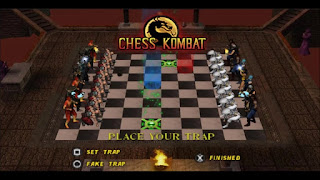 |
| Nice package! (Not Sonic; I don't think he has anything down there.) (image from The Verge) |
There's a lot about this machine we don't know yet... will there be an SD card slot available for adding games? Why is the cartridge slot on the top hinged if it's too small for real Genesis cartridges? Will real Genesis cartridges fit anywhere in this system? And why is Sega including three button controllers with the US version of the Genesis Mini when the six button controllers were so much more comfortable and functional? These mysteries and more will be revealed when the system launches in the fall, just in time for the thirtieth anniversary of the launch of the original Genesis.
Special thanks to Kotaku for the scoop.










